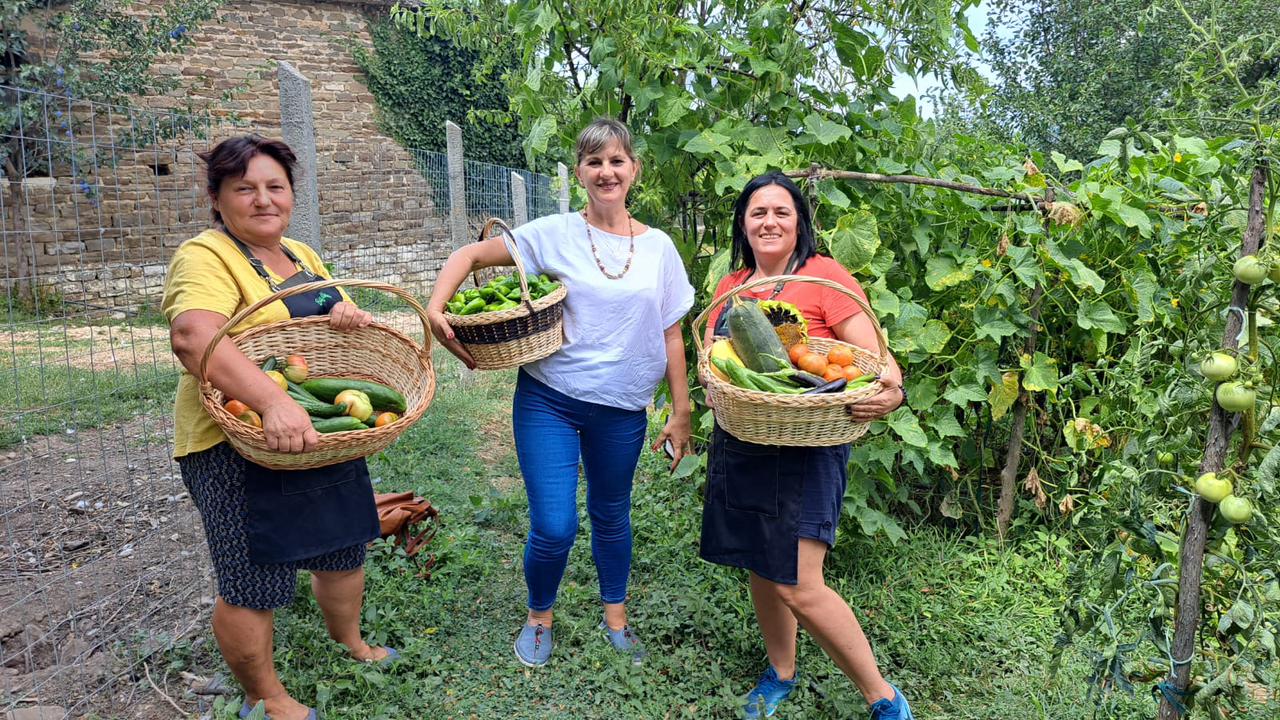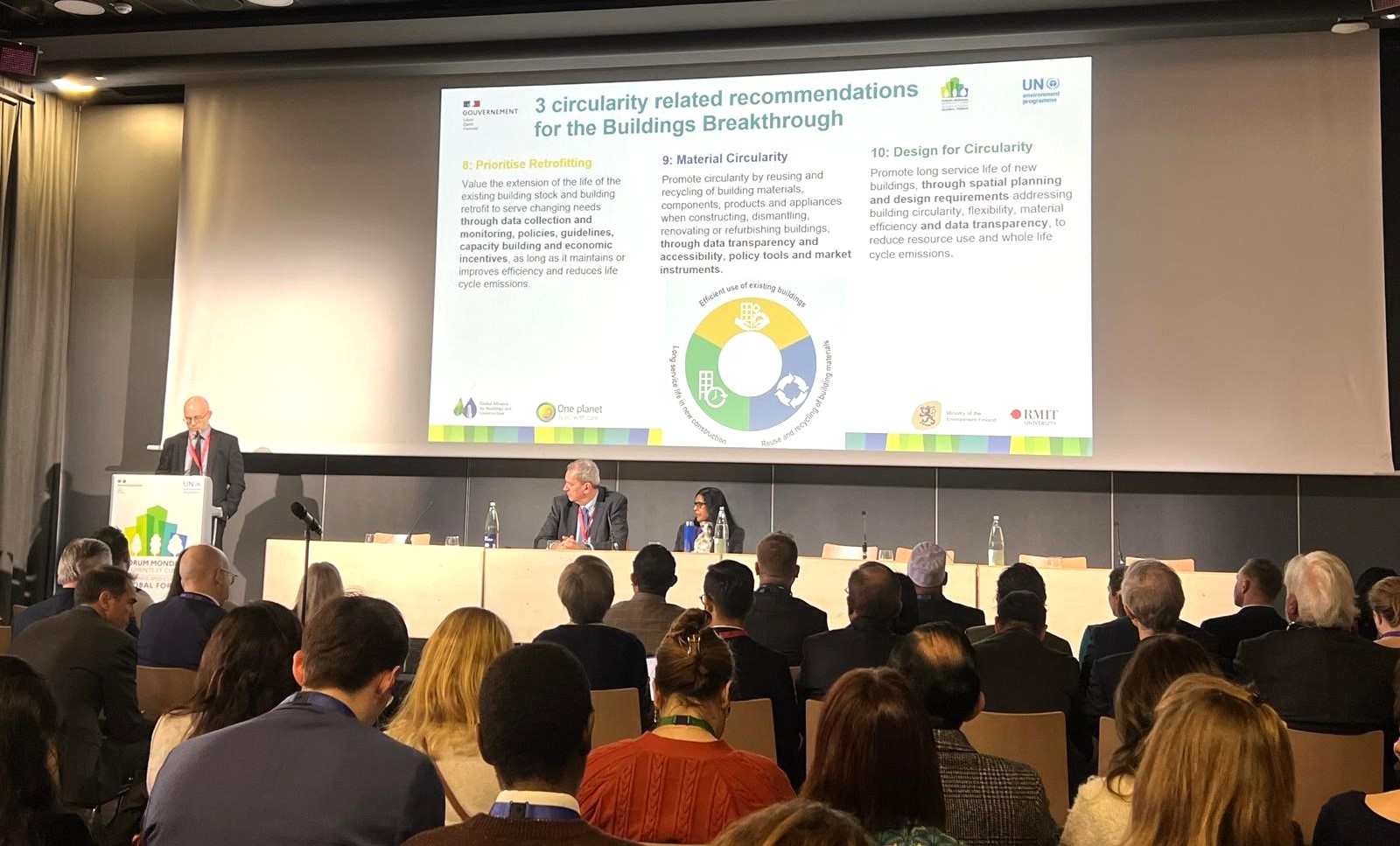PRINCE: New indicators for global environmental impacts of Swedish consumption (Affiliated project)
Who pays the environmental price for Sweden's quality of life? Which product groups consumed in Sweden have the biggest environmental impacts, and where?
The PRINCE project, led by Statistics Sweden, is using a groundbreaking integration of MRIO modeling with national environmental accounts to develop indicators of consumption impacts along Sweden's global supply chains. Land-use change impacts, resources, emissions, chemicals footprint and more.
Learn more at www.prince-project.se.
"A society in which the major environmental problems in Sweden have been solved … without increasing environmental and health problems outside Sweden’s borders"
This is what Sweden has committed to deliver to the next generation. But how do know if we are on track?
Consumption is one of the main routes by which economies impact natural ecosystems. The impacts might come through extracting raw materials; particular types of land use or deforestation; emissions of hazardous chemicals or greenhouse gases during production; the water and energy used in manufacturing; transport emissions; or many other ways.
Sweden keeps good data on the environmental performance of its farms, factories and transportation system. But much of what is consumed in the country is imported. Sweden’s environmental commitment means that we need to keep track of the environmental pressures linked to imported goods and services too.
The PRINCE project is developing a new framework for monitoring the environmental impacts linked to Swedish consumption – both inside and outside Sweden’s borders – using the latest modelling and statistical techniques. PRINCE – for Policy-Relevant Indicators for National Consumption and Environment – responds to a call from the Swedish Environmental Protection Agency (EPA) and the Swedish Agency for Marine and Water Management (SwAM) for a new monitoring framework that:
* uses a sound and repeatable methodology
* includes indicators for a wide range of environmental pressures
* provides a sound basis for policy decisions.
The three-year project aims to deliver a new framework, including indicators for several environmental pressures rarely monitored at macro level, along with a baseline monitoring report and case studies.
PRINCE is supported by a research grant administered by the EPA and SwAM. PRINCE partners: Statistics Sweden, Stockholm Environment Institute, Chalmers University of Technology, KTH Royal Institute of Technology, Norwegian University of Science and Technology, Leiden University Institute of Environmental Sciences and Netherlands Organization for Applied Scientific Research.
PRINCE will use a multi-regional input-output database (Exiobase) to model the movement of commodities through complex global supply chains, from their original production sites to final consumption in Sweden. Multi-partner teams are developing "environmental extensions" that can estimate the diverse environmental pressures linked to these flows at different points along the supply chains. Unlike traditional footprints, this not only identifies where the pressures fall, but also as far as possible reflects local production processes and environmental conditions.
These global flows will be integrated with detailed Swedish national environmental accounts to allow direct comparison and, in particular, track how far Sweden is achieving the Generational Goal.
Many of the environmental extensions in PRINCE are quite novel. While carbon emissions and, to a lesser extent, water and land footprints are well established, PRINCE will look at developing indicators for, among others:
* pressures from land-use change (such as deforestation for food production), nutrient emissions from agriculture (which leads to eutrophication), non-CO2 GHG emissions from agriculture.
* pressures from use and emissions of hazardous chemicals.
* consumption of a wide range of resources.
* GHG emissions from energy systems, manufacturing processes and shipping.
* extraction and consumption of fish.
The work of finalizing the environmental extensions and generating indicators should be completed during 2017.
to trace the complex global supply chains feeding Swedish consumption
The partners have been exploring a wide range of environmental extensions The PRINCE indicators will break down local and international environmental pressures from consumption according to:
* up to 200 product groups consumed in Sweden
* consumer categories (household, government, capital)
* 44 countries and 5 RoW groupings.
The PRINCE model is designed to be as easy as possible to update, allowing continuous monitoring.
The PRINCE indicators ´will provide a sound basis for policies to further reduce consumption impacts in diverse policy areas – e.g. in consumption, trade, industry, energy, development.
Another aim of the project is to inspire and help other countries to follow Sweden's leadership in this area. The project team will produce a range of academic papers, briefs and reports elucidating the methodologies developed under PRINCE.


